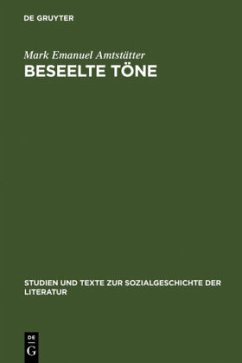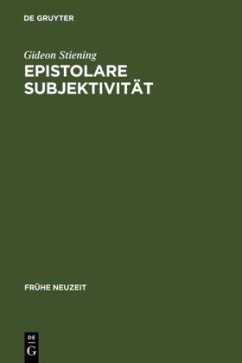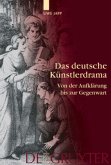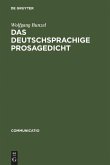Klopstock's mythological skating odes are an especially graphic instance of his role as a key poet in the literary revolution that took place in the 18th century. In their rhythmic complexion they reflect both contemporary tendencies, such as Jean Georges Noverre's theory of dance, and the reception accorded to the Old Saxon »Heliand« or the rhetorical traditions of antiquity. The semantics of rhythm advances to the status of the central element in the readability of the language of the moving body. With these odes Klopstock revolutionized the relationship between physical dynamics and poetic dynamics for generations to come.
In den beiden mythologischen Eislaufoden von Friedrich Gottlieb Klopstock (1724-1803) wird die revolutionierende Rolle des Dichters für die literarische Umbruchzeit im 18. Jahrhundert in besonderer Weise greifbar. Zeitgenössische Tendenzen wie Jean Georges Noverres Tanztheorie spiegeln sich in den Eislaufoden und ihrer rhythmischen Faktur ebenso wie Klopstocks Rezeption des altsächsischen "Heliand" oder der antiken rhetorischen Tradition. Dabei wird die Semantik des Rhythmus im Sinne einer "Poetik der actio" zum zentralen Moment der Lesbarkeit der Sprache des bewegten Körpers. Dieses in der deutschen Dichtung des 18. Jahrhunderts sich mit Klopstock neu formierende Verhältnis von Körperdynamik und Sprachdynamik, das sich paradigmatisch mit einer detaillierten rhythmisch-metrischen Analyse der Eislaufoden erschließt, findet eine ebenso starke wie unterschiedliche Resonanz etwa bei Goethe, Hölderlin oder Richard Wagner.
Hinweis: Dieser Artikel kann nur an eine deutsche Lieferadresse ausgeliefert werden.
In den beiden mythologischen Eislaufoden von Friedrich Gottlieb Klopstock (1724-1803) wird die revolutionierende Rolle des Dichters für die literarische Umbruchzeit im 18. Jahrhundert in besonderer Weise greifbar. Zeitgenössische Tendenzen wie Jean Georges Noverres Tanztheorie spiegeln sich in den Eislaufoden und ihrer rhythmischen Faktur ebenso wie Klopstocks Rezeption des altsächsischen "Heliand" oder der antiken rhetorischen Tradition. Dabei wird die Semantik des Rhythmus im Sinne einer "Poetik der actio" zum zentralen Moment der Lesbarkeit der Sprache des bewegten Körpers. Dieses in der deutschen Dichtung des 18. Jahrhunderts sich mit Klopstock neu formierende Verhältnis von Körperdynamik und Sprachdynamik, das sich paradigmatisch mit einer detaillierten rhythmisch-metrischen Analyse der Eislaufoden erschließt, findet eine ebenso starke wie unterschiedliche Resonanz etwa bei Goethe, Hölderlin oder Richard Wagner.
Hinweis: Dieser Artikel kann nur an eine deutsche Lieferadresse ausgeliefert werden.








